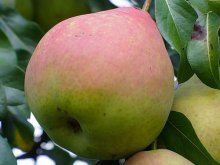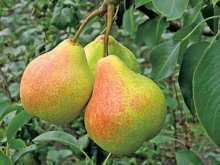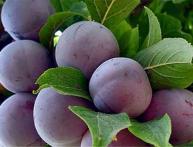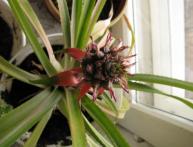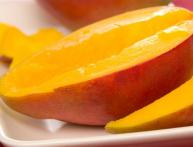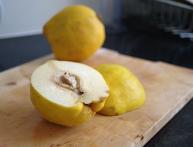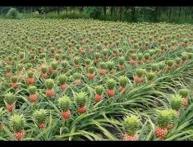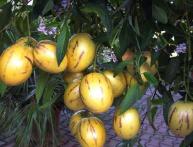Pear Memory Yakovlev, features of the variety
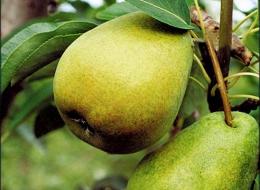
The appearance of winter-hardy pears increases their popularity in amateur and industrial gardening.
Currently, thanks to selective breeding, there are thousands of varieties of pears. The efforts of breeders were aimed not only at improving taste, but also at increasing the resistance of trees to frost and other climatic conditions. Thanks to this, the cultivation of cultivated pears became possible in regions such as Siberia and the Urals. Among Russian breeders, father and son Yakovlev worked for a long time on new varieties of pears. Many of their varieties, such as Severyanka, pear in memory of Yakovlev, Lyubimitsa Yakovlev, are widespread in amateur gardens.
Content:
History of the variety
The beginning of cultural pear varieties laid by wild representatives of these fruit plants, common in many European forests. In the Russian Far East, the Ussuri pear grows, a hardy, strong tree. Work on breeding cultivated varieties with the participation of the Ussuri pear as the parent form was carried out by breeder Yakovlev Pavel Nikanorovich.
Being a student of Michurin himself, he worked on varieties suitable for cultivation not only in the southern and central regions, but also in the Russian north, the Urals, and Siberia. As a result, varieties such as:
- Firefly
- Severyanka
- Autumn Yakovleva
The work of Pavel Nikanorovich was continued by his son Sergei Pavlovich Yakovlev.His father also noticed that varieties obtained from the Ussuri pear received from it good resistance to scab, septoria, and brownishness. Worked in several directions at once:
- winter hardiness
- disease resistance
- productivity
- keeping quality
- appearance
- taste qualities
He received a variety in memory of Yakovlev, which he began working on together with his father. Using in his work, in addition to the Ussuri pear, the Tema and Olivier de Serre varieties, S.P. Yakovlev developed a variety that is excellent in terms of the above qualities. Thanks to its advantages, the Yakovlev memory pear is not only widely used by modern breeders, but has received recognition and love from gardeners.
Description of the variety
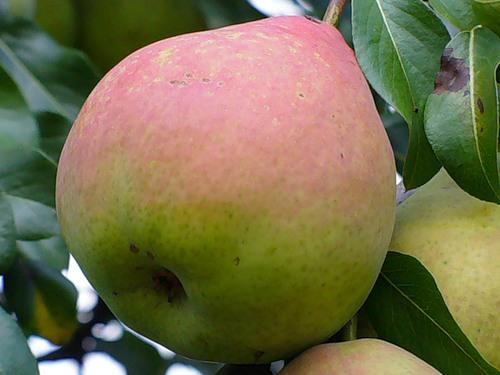
Yakovlev Memory Pear has excellent early pregnancy. The tree will produce its first harvest already in the third year after being planted in a permanent place in the garden. Every year the yield of Yakovlev Memory increases. A tree over seven years old, with a rather modest crown size, produces more than 20 kg of fruit. A mature pear orchard made from trees of the Pamyati Yakovlev variety will yield a harvest of more than two tons per hectare.
Fruit ripening occurs at the very beginning of autumn, which allows the harvest to be completely harvested before the onset of frost. Since pears stick well to the branches and are not subject to premature falling, they are convenient to grow in both amateur and industrial gardens.
The high sugar content of the fruit, up to 13%, makes these pears universal, suitable for consumption both fresh and processed. The weight of the fruit is from 130 g to 150 g, the shape is oval, expanding downwards, the color is green, with a brownish-red blush.
Unlike many varieties, it does not require a pollinator variety, as it has high self-fertility. The short stature and modest size of the crown make it possible to compact the plantings and place a larger number of trees in small summer cottages. The advantage of Yakovlev memory pears is that their fruits tolerate transportation well over a considerable distance and are kept fresh well for several weeks.
Growing pears in the garden
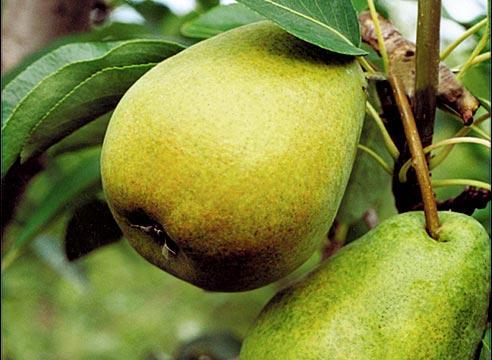
The pear variety Pamyati Yakovlev is usually grown on a frost-resistant rootstock, but in the southern regions of Russia it grows well and bears fruit on its own roots, and is practically not damaged by frost in the cold season.
Variety successfully grown in the Moscow region, in the Oryol, Tambov, Voronezh and other regions, as well as in Ukraine and Belarus.
The rules for planting and caring for this variety are not fundamentally different from growing other varieties. Pear trees are quite demanding in terms of lighting and soil composition. Therefore, it is advisable to choose a place protected from the wind on the south side. If the soil on the site is poor, then the planting hole should be filled 2/3 with a mixture of garden soil and humus.
The diameter of the hole is up to 100 cm, the depth is up to 70 cm. Before planting, the roots of the seedling are lowered into a clay mash, after which they are placed in the hole and covered with soil. The root collar should remain above the ground at a distance of approximately 5 cm. After planting, spill the seedling with a bucket of water.
In the first three years of the plant carry out formative pruning. A significant advantage when growing the Yakovlev Memory pear is its resistance to disease, which does not require additional treatment of the plant with drugs for diseases. It is worth remembering that groundwater is destructive to the root system of pears.
If you follow simple agrotechnical techniques, within three to four years the Yakovlev memory pear variety will delight you with its first sweet fruits.
Video description of pear variety Pamyati Yakovlev:
Interesting information about the vegetable garden

